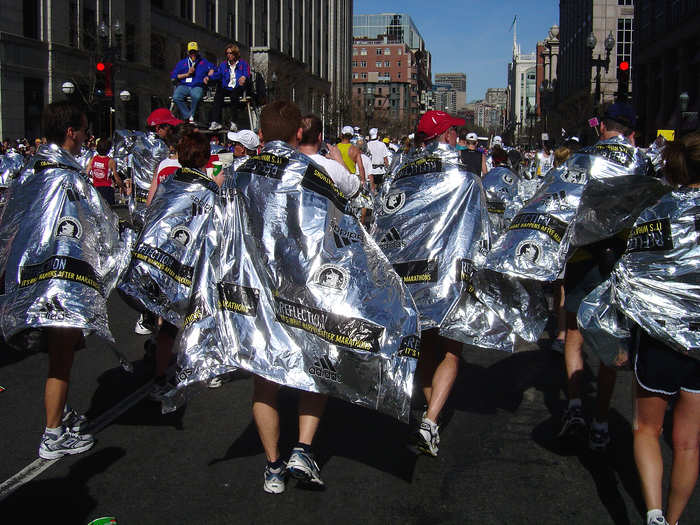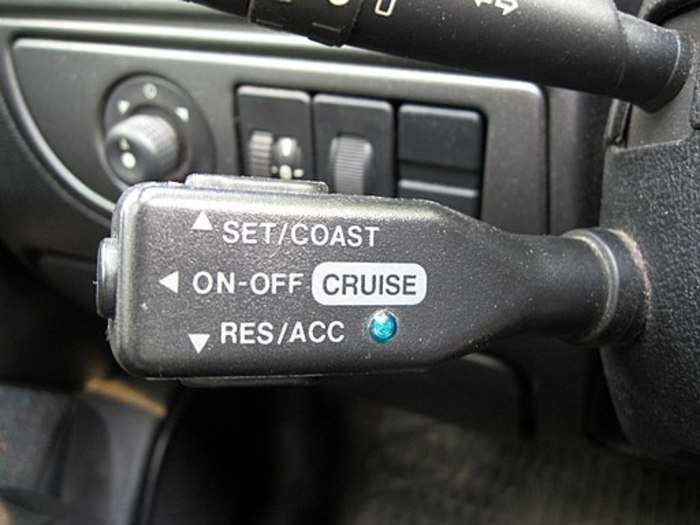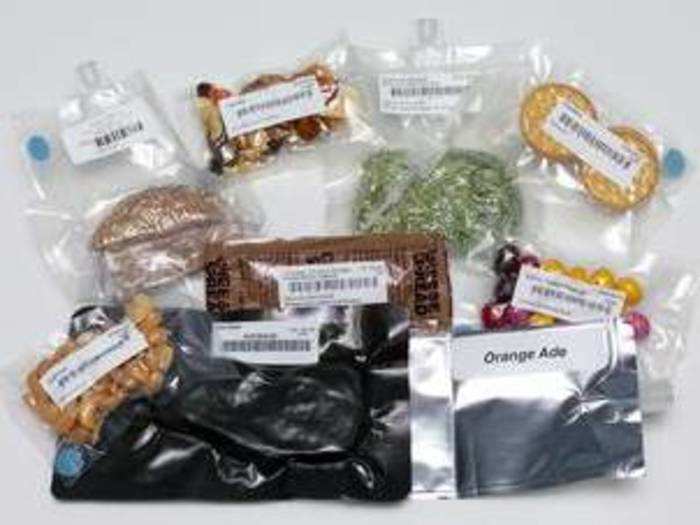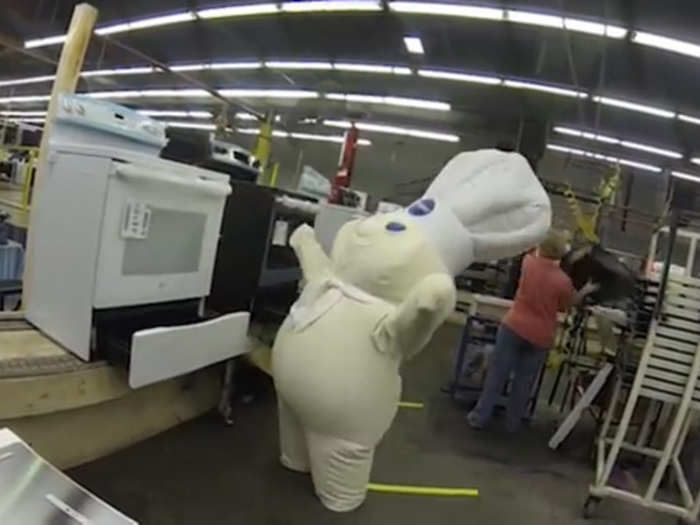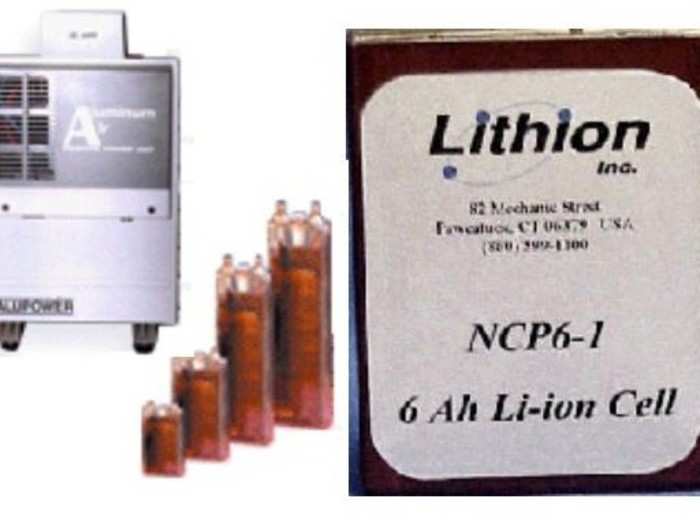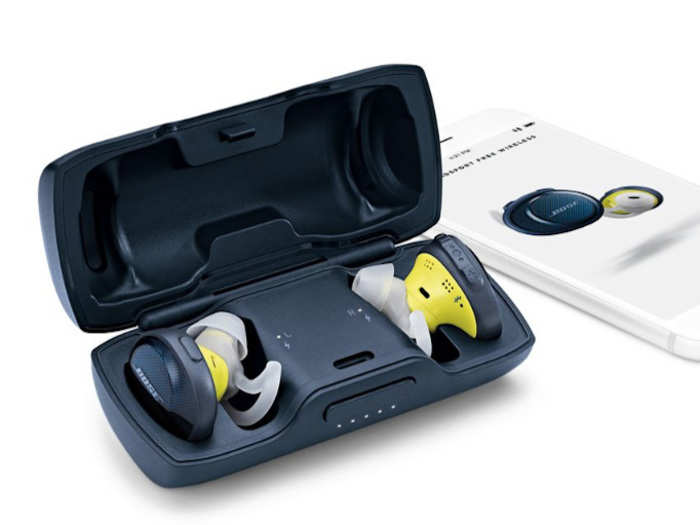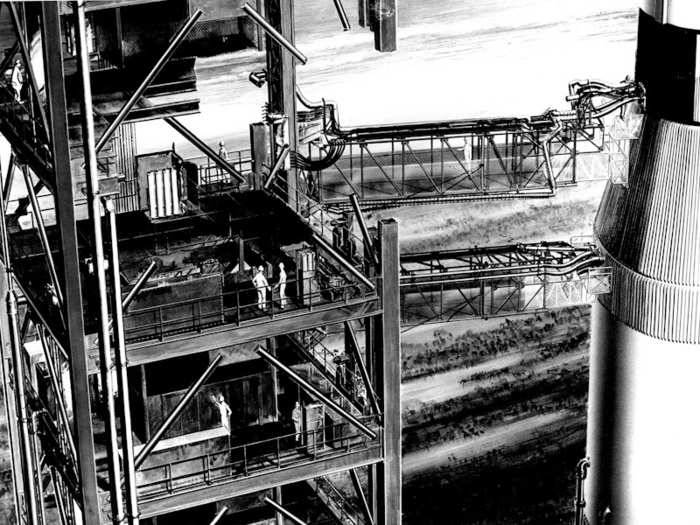Space blankets now
Space blankets, also known as emergency blankets, are made out of an insulation first developed by NASA in 1964 (Source: AFM Inc.)
Back then, the requirement was limited to facing extreme temperatures in space. But, soon, the blanket made its way into emergency kits, camping gear and a key tool for firefighting.
Even some clothes use the material to build insulation.
Digital flight controls now
Cruise control in cars (Source: Wikimedia)
It was only after NASA used it for Apollo 11 that the agency and its partner spent years developing it for the aviation industry. Now, it’s used for cruise control, anti lock brakes and electronic stability control systems.
Food safety then
Looking to ensure the absolute safety of prepackaged foods for spaceflight, NASA partnered with the Pillsbury Company to create a new, systematic approach to quality control (Source: NASA)
When astronauts take food up into space, it has to be free of microbes or else they could get really sick. So, again, NASA enlisted the help of a partner — Pillsbury — to help them come up with a solution.
They soon came to the conclusion that the existing quality control methods just weren’t enough to tackle the problem.
Pillsbury could have gone the way of spot-checking the final products to make sure they could go up in space, but instead, the company decided to revamp their entire manufacturing setup instead.
Pillsbury called it the Hazard Analysis and Critical Control Point (HACCP) system.
Food safety now
Pillsbury Doughboy tours the Range Factory (Source: YouTube/GE Appliances)
Since Pillsburry had already come up with the system for NASA’s Apollo 11 mission, they decided to implement the same process in their own factories as well.
Soon, the government asked other food sectors like poultry, seafood and juice producers to follow the HACCP system as well.
Today, the same principles from HACCP form the new regulations that are coming into place to be applied across the entire food industry.
Rechargeable hearing ads then
High Energy Density Silver-Zinc Cells (Source:NASA, SBIR)
During the course of the Apollo 11 mission, NASA was able to build silver zinc batteries for its command module. They weren’t rechargeable but they were the lightest known battery couple.
So, NASA got to work trying to make the silver zinc batteries rechargeable.
Rechargeable hearing ads now
Bose's SoundSport Free wireless headphones (Source: Bose)
The question wasn’t just about having rechargeable batteries but batteries that were small enough to be plugged into a hearing aid machine.
Till before the Apollo 11 mission, the batteries of hearing aids had always been disposable. The zinc batteries batteries, which are small enough, aren’t rechargeable and lithium-ion batteries, though rechargeable, couldn’t be shrunk down to the required size.
Using the silver zinc technology, hearing aids can hold enough power to last a full day and the batteries are durable enough to be recharged up to 1,000 times before they lose their performance.
The same batteries are what make noise-cancelling wireless earbuds a reality.
Quake proofing
An illustration of the fuel- and electricity-carrying umbilicals that extended from the gantry to the Apollo spacecraft. In the 1960s Taylor Devices developed shock absorbers to help safely dislodge the umbilicals from the spacecraft during launches. (Source: NASA Spinoff)
The same shock absorbers and computers that were used during the Apollo era now keep buildings and bridges from falling.
The fluid shock absorbers can be found all over the world, especially in earthquake prone regions, reinforcing the infrastructure.

